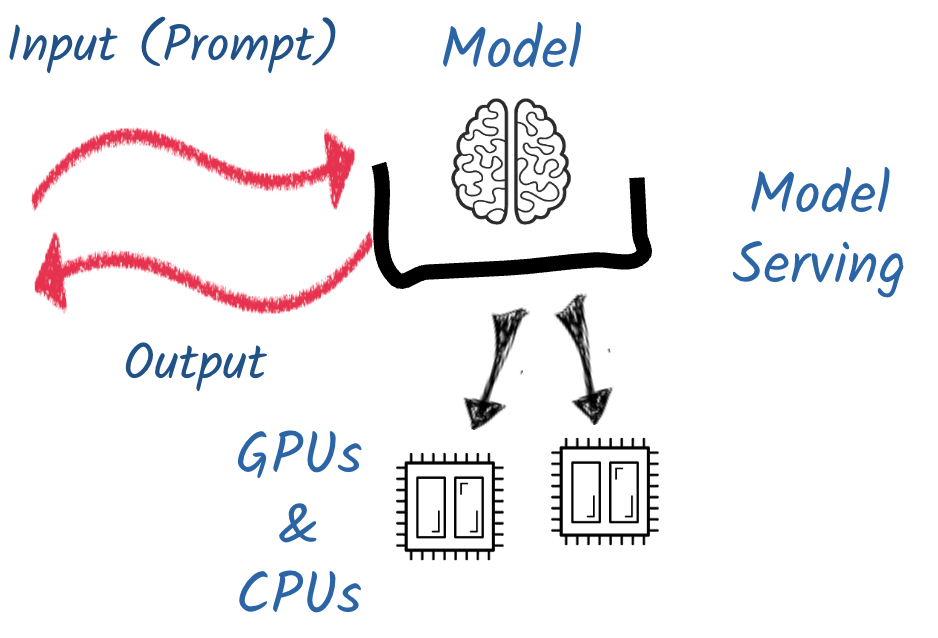Prompts and Templates
Prompts are how you instruct large language models to perform a task. In Quarkus Langchain4J, prompts are usually expressed using annotations and can be templated using Qute.

This document explains how to write prompts, how to inject dynamic input, and how to structure conversations for models with chat memory.
Prompt Basics
A prompt provides instructions to the model. It can be a static string, or contain variables populated at runtime. Prompts are typically passed as:
-
@SystemMessage: Instructions that set context or behavior for the model. -
@UserMessage: Dynamic input from the user, such as a question or command.
You can define these directly in a method inside an @RegisterAiService interface.
| Prompts are not universal, different models interpret them differently. Some models require explicit tags or structured inputs. Always refer to the documentation for the specific model in use. |
Passing User Input
When a method in your AI service has a single parameter, it is treated as a user message by default:
public String answer(String question);If the method has multiple parameters, you must indicate the user message explicitly using @UserMessage:
public String answer(@UserMessage String question, String other);Using Templated Prompts
Quarkus LangChain4j supports templated prompts using Qute, allowing you to bind method parameters to variables in @SystemMessage or @UserMessage:
@UserMessage("Answer the user's question: {question}")
public String answer(String question);Qute supports logic and loops. Here’s an advanced example where a follow-up question is rephrased using previous conversation context:
@SystemMessage("""
Given the following conversation and a follow-up question,
rephrase the follow-up question to be a standalone question.
Context:
{#for m in chatMessages}
{#if m.type.name() == "USER"}
User: {m.text()}
{/if}
{#if m.type.name() == "AI"}
Assistant: {m.text()}
{/if}
{/for}
""")
public String rephrase(List<ChatMessage> chatMessages, @UserMessage String question);Template Extensions for ChatMessage Lists
To avoid repetitive logic, there are Qute TemplateExtension methods for List<ChatMessage>. These simplify formatting historical chat messages.
Available methods:
-
extractDialogue(userPrefix, assistantPrefix, delimiter): fully customizable. -
extractDialogue(delimiter): uses defaultUser:andAssistant:prefixes. -
extractDialogue(): simplest usage, with newline separation.
@SystemMessage("""
Context:
{chatMessages.extractDialogue("U:", "A:", "|")}
""")
public String rephrase(List<ChatMessage> chatMessages, @UserMessage String question);@SystemMessage("""
Context:
{chatMessages.extractDialogue("-")}
""")
public String rephrase(List<ChatMessage> chatMessages, @UserMessage String question);@SystemMessage("""
Context:
{chatMessages.extractDialogue}
""")
public String rephrase(List<ChatMessage> chatMessages, @UserMessage String question);Using chat_memory
If your AI service is configured with memory, you can use the built-in chat_memory placeholder to access the memory’s conversation history.
This avoids the need to manually pass a List<ChatMessage> parameter.
@SystemMessage("""
Given the following conversation and a follow-up question,
rephrase the follow-up question to be a standalone question.
Context:
{chat_memory.extractDialogue}
""")
public String rephrase(@UserMessage String question);Because chat_memory is a List<ChatMessage>, you can use the same extractDialogue extensions as described above.
Best Practices
-
Prefer concise, specific instructions.
-
Test and iterate your prompt structure with the actual model.
-
Use Qute expressions to avoid manual string manipulation.
-
Document and version critical prompts to support evolution.